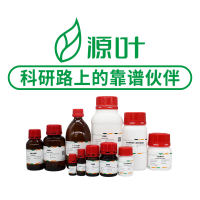Using Electrodics to Aid Mobilization of Lead in Soil
互联网
358
Lead is a significant contaminant in soil that poses a challenge to phytoremediation because of its low bioavailability induced by complexation with soil components Conventional phytoremediation approaches employ chemical chelating agents, such as ethylenediaminetetraacetic acid, to increase this element’s availability to plants. The addition of chemicals adds an increased cost and may induce other environmental impacts. An alternative approach involves the use of electrodic-remediation strategies, in which an electric field is introduced into the soil by electrodes to mobilize contaminants. In this work, greenhouse studies were conducted to evaluate electrodic phytoremediation for lead using soil collected from Barber Orchard, Haywood County, NC, a US Environmental Protection Agency Superfund site. Our instrumentation and methodology are described for optimization studies of the magnitude of applied electric potential, harvest time after application, and daily application time. Representative results are presented that demonstrate the effectiveness of this approach.








